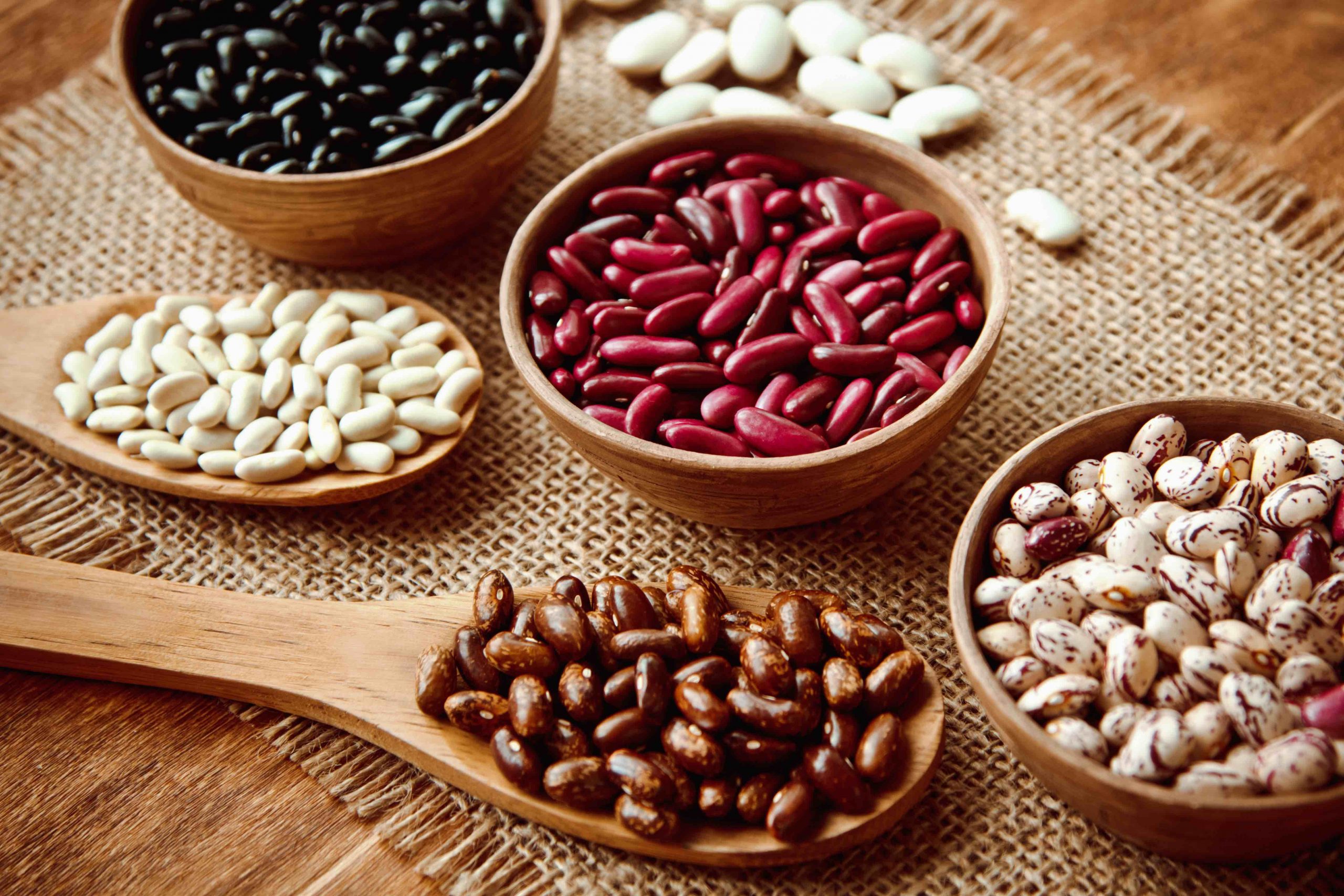Beans are a vegetarian’s best friend. These nutritious legumes are packed with protein, fiber, and key micronutrients. Beans make excellent meat substitutes and are the foundation for many vegetarian and vegan recipes. But with so many varieties of beans available, which ones are best for meatless meals? In this guide, we’ll cover the most popular vegetarian bean types and how to use them.
An Overview of Beans in the Vegetarian Diet
Beans check off a lot of boxes for the health-conscious vegetarian diet:
- High in plant-based protein Beans provide around 15 grams of protein per cooked cup, making them an excellent meat substitute
- High in fiber With about 15 grams of fiber per cup, beans promote digestive and heart health.
- Nutrient-dense: Beans contain iron, magnesium, potassium, folate and antioxidant polyphenols.
- Low-fat: Most beans are very low in fat, especially saturated fat.
- Cholesterol-free: Beans contain zero cholesterol.
- Low glycemic index: The fiber and protein in beans helps stabilize blood sugar levels.
- Economical: Dried beans are one of the most affordable sources of protein.
Common vegetarian protein sources like tofu, tempeh, seitan and textured vegetable protein tend to be more processed or expensive. Beans provide protein, fiber and nutrients while being budget-friendly.
The Best Beans for Vegetarian Cooking
While all beans can work in vegetarian recipes, some varieties have characteristics that make them particularly well-suited to mimicking meat. Here are some top choices:
Kidney Beans
- Description: large red beans with a creamy texture
- Uses: chili, tacos, burritos, bean burgers
With their meaty texture, kidney beans are ideal for recipes like vegan chili and tacos. They hold their shape well when cooked, so they work for dishes calling for “ground beef.”
Black Beans
- Description: small black beans with a lightly sweet flavor
- Uses: burritos, enchiladas, rice bowls, dips
Black beans have a smooth, almost creamy texture when fully cooked. They mash easily to make bean dips and spreads. Plus, the flavor pairs well with Latin cuisine favorites like burritos, quesadillas, and enchiladas.
Pinto Beans
- Description: medium pink beans with an earthy flavor
- Uses: tacos, nachos, casseroles, soups
Like kidney beans, pinto beans become soft and crumbly when cooked, making them a handy stand-in for ground beef. Their mild, earthy flavor allows them to blend well with robust seasonings.
Chickpeas (Garbanzo Beans)
- Description: firm, round yellow beans with a nutty taste
- Uses: curries, stews, salads, hummus
Chickpeas maintain their shape nicely, so they work for salads, stews, and curries. And they puree smoothly to make classics like hummus and falafel. Their versatility makes them one of the most popular vegetarian bean choices.
Navy Beans
- Description: small white beans with a creamy texture
- Uses: chilis, soups, baked beans
When navy beans cook down, they become soft, creamy, and full of starch—perfect for adding thickness to vegetarian chilis and soups. They also make classic baked beans.
Soybeans
- Description: spherical yellow beans, sold dried or made into tofu/tempeh
- Uses: stir-fries, tofu, tempeh, miso, soymilk
Soybeans have the highest protein content of any bean variety. Eaten whole or made into soy products like tofu and tempeh, they make an excellent meat substitute. Soybeans can also be fermented into miso paste or soymilk.
Tips for Cooking Beans
To fully enjoy beans’ texture and flavor, proper cooking technique is key. Here are some tips:
- Soak dried beans before cooking to reduce gas-producing compounds and shorten cook times.
- Drain and rinse soaked beans to remove indigestible sugars.
- Cook beans thoroughly until soft for the best flavor and texture. Undercooked beans can be tough.
- Flavor cooking liquid with aromatics like onions, garlic, and herbs. The beans will absorb that flavor.
- Salt at the end of cooking, as salting too early can prevent beans from softening.
- Puree or mash beans with cooking liquid for a creamy, meat-like texture for dips, spreads and thick stews.
Simple Ways to Use Beans
Once your beans are perfectly cooked, here are some easy ways to incorporate them into vegetarian meals:
- Make bean burgers, meatballs, or meatloaf logs using mashed beans.
- Fill burritos, enchiladas, and tacos with whole or refried beans.
- Toss beans into pasta, grain bowls and Buddha bowls.
- Puree beans into dips like hummus or bean dip.
- Mix beans into stews, chilis and soups for added protein and fiber.
- Roast chickpeas with spices to make crunchy, high-protein snacks.
- Blend cooked beans and water into creamy plant-based “milk.”
- Make crostini or bruschetta topped with smashed beans.
- Turn beans into salad protein by adding them to leafy greens.
With so many ways to enjoy their nutrition, taste, and meaty texture, it’s easy to see why beans are a vegetarian kitchen staple. Whether going fully plant-based or just reducing meat intake, give these vegetarian bean varieties a prime spot in your meal planning.

Easy Vegetarian Baked Beans Recipe
FAQ
What’s the difference between regular beans and vegetarian beans?
What kind of beans are used in vegetarian beans?
What beans are not vegetarian?
Are vegetarian beans good?

